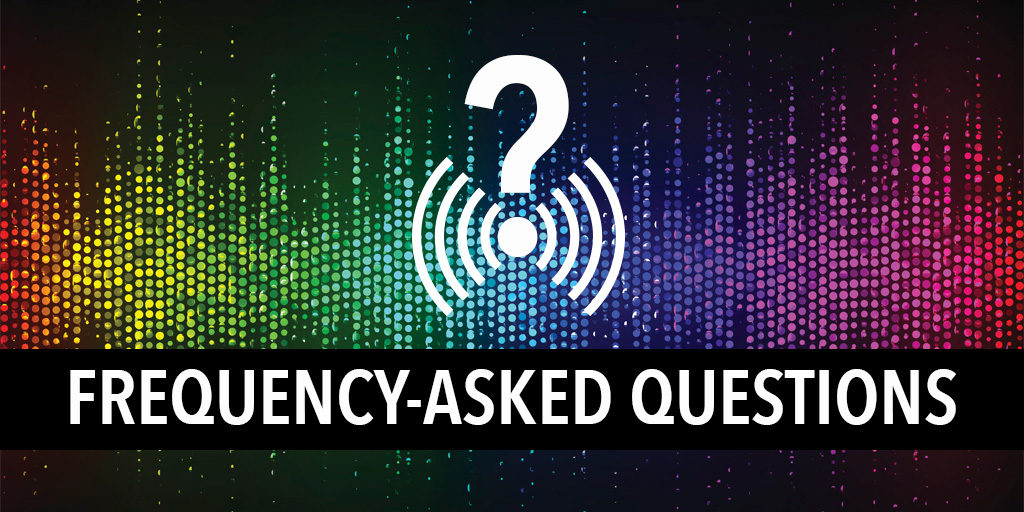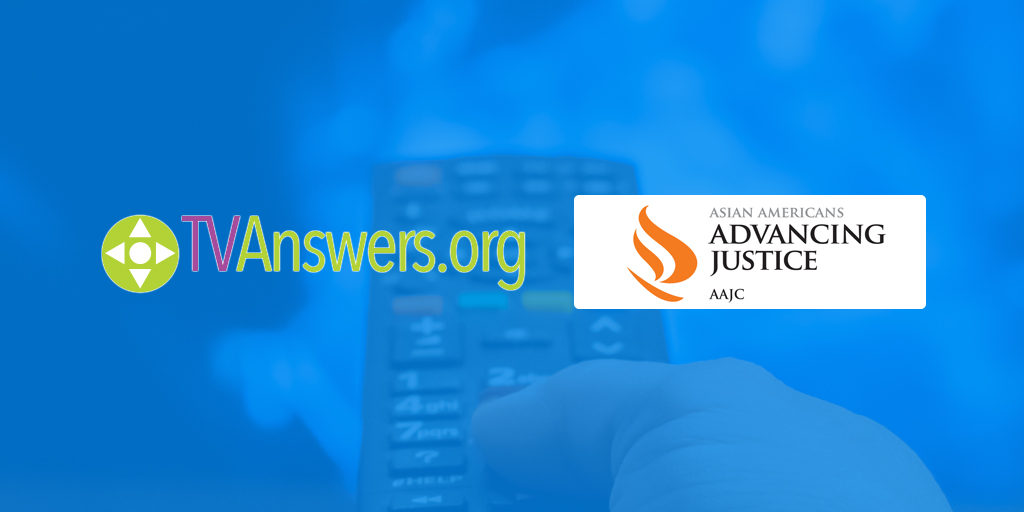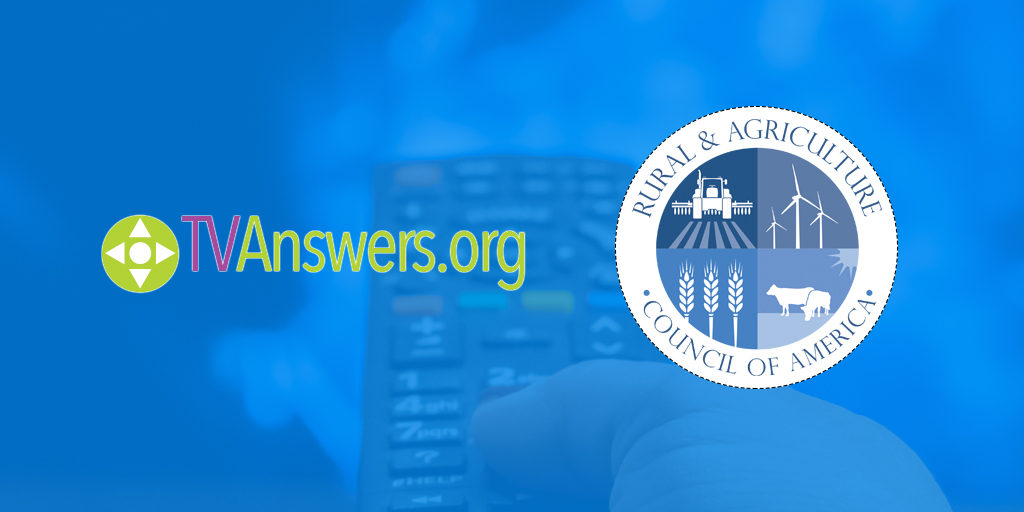More than half of all TV stations in the United States will move to new frequencies now through 2020. If you use an antenna to access free, over-the-air television, head to TVAnswers.org to find out when stations in your area are moving, help spread the word and sign up for text and email alerts. Happy holidays! Here’s a rundown of stations expected to move frequencies through year’s end. Rescan dates are subject to change, so check back here frequently and be sure to follow us on Facebook, Instagram and Twitter for updates. December 14 KMLM-DT (Odessa-Midland, Texas) December 20 KPXN-TV (Los
Continue ReadingYear: 2018
Rescan Roundup – November 26 – December 1
More than half of all TV stations in the United States will move frequencies now through 2020. If you use an antenna to access free, over-the-air television, head to TVAnswers.org to find out when stations in your area are moving, help spread the word and sign up for text and email alerts. Here’s a rundown of stations expected to move frequencies over the next week. Be sure to follow us on Facebook and Twitter for updates. November 27 KMEG (Sioux City, Iowa) KITV (Sioux City, Iowa) KRNS (Reno, Nevada) KRXI (Reno, Nevada) KTVN (Reno, Nevada) WBGU (Toledo, Ohio) KWTV (Oaklahoma
Continue Reading“Frequency”-Asked Questions: What Is Low-Power TV?
You may have heard that nearly 1,000 local television stations must move to new frequencies over the next two years as a result of what’s called the spectrum repack. But that number doesn’t tell the whole story. In fact, more than 2,000 low-power TV (LPTV) stations and TV translators are also affected. TV Answers receives lots of questions regarding low-power TV stations and TV translators (these two terms are sometimes used interchangeably and sometimes distinctly; it’s complicated, and will be explained below), and what impact the spectrum repack has on them. To learn more about LPTV, we sat down with
Continue Reading“Frequency”-Asked Questions: What does a Tower Technician Do?
What goes on behind (or, in this case, above) the scenes before you need to rescan your antenna television? A lot. Around the country, tower technician crews are modifying local TV broadcast towers so viewers can continue to receive free, over-the-air access to news, emergency information and entertainment when stations move frequencies to make room for wireless services. Tower crews perform dangerous, important work thousands of feet above the ground to make this happen. So, when you hear the phrase “moving frequencies,” it’s not conceptual, it’s literal. To learn more about what tower technicians do, the TV Answers team spoke
Continue ReadingRescan Roundup – October 29 – November 2
More than half of all TV stations in the United States will move frequencies now through 2020. If you use an antenna to access free, over-the-air television, head over to TVAnswers.org to find out when stations in your area are moving, help spread the word and sign up for text and email alerts. Happy Halloween! Before you trick-or-treat, avoid the fright of losing over-the-air channels and make a #PlanToRescan. Here’s a rundown of stations expected to move frequencies over the next week. Be sure to follow us on Facebook and Twitter for updates. October 29 KTNV (Las Vegas, Nevada) –
Continue ReadingPreparing Our Communities For Changes In TV
By Koustubh “K.J.” Bagchi As technology continues to be a necessity, it is more vital than ever that communities have digital access. Asian American, Pacific Islander and Native Hawaiian (AANHPI) communities significantly depend on over-the-air television to provide the news, community information and entertainment they seek. Broadcast television is meeting the needs of diverse audiences by offering community-focused programming in a variety of languages. For example, San Francisco’s KTSF-TV reaches more than 1.4 million Asian Americans, providing programs that include nightly live news, weather, sports and public affairs programming in English, Cantonese, Mandarin, Vietnamese, Hindi, Farsi and more. Because many
Continue ReadingWhat’s So Great About Free TV?
As stations across the country are moving to new frequencies, there’s been a lot of talk about free TV. What is it and how can you get it? It’s easier than you might think, and more than 72 million Americans are already taking advantage of it. Your local broadcast station signals are free to anyone with an over-the-air antenna. We’re not talking about your grandfather’s rabbit ears – you know the ones with tin foil at the top. Today’s TV antennas are sleek, powerful and affordably priced, especially when you compare them to the monthly fees some cable and satellite
Continue ReadingEnsuring Rural America is Connected to Lifeline Information
By Chris Skorupa More than 46 million people live in rural America, encompassing 72 percent of our country’s land area. To these communities, local radio and television stations are part of their everyday lives, providing lifesaving information during emergencies and keeping residents connected to their local news, weather, sports, entertainment and each other. Americans who live in rural areas depend on their local broadcasters at greater levels than the general population. For example, more than 25 percent of households in Missoula, Montana, and 30 percent of households in Fairbanks, Alaska, rely exclusively on free, over-the-air TV and do not subscribe
Continue ReadingRescan Roundup – September 24 – October 1
More than half of all TV stations in the United States will move frequencies now through 2020. If you use an antenna to access free, over-the-air television, head over to TVAnswers.org to find out when stations in your area are moving, help spread the word and sign up for text and email alerts. Fall is upon us! Before you unpack your sweaters, warm up some cider and head out on a hay ride, check this list of local stations and make a #PlanToRescan. Here’s a rundown of stations expected to move frequencies over the next week. Be sure to follow
Continue ReadingCall For Action Working with Broadcasters to help Consumers Plan to Rescan
More Americans trust their local broadcaster for news than any other source, and a growing number of viewers are getting their local television stations over-the-air with an antenna. Call For Action partners with numerous local TV stations and is committed to helping consumers maintain their access to over-the-air broadcast for local news, weather and emergency information. Nearly 1,000 over-the-air broadcast stations will be changing their frequencies between 2018 and 2020. This is the second major broadcast TV change in the last decade, following the conversion from analog to digital signals in 2009. For over 55 years, Call For Action has
Continue Reading




